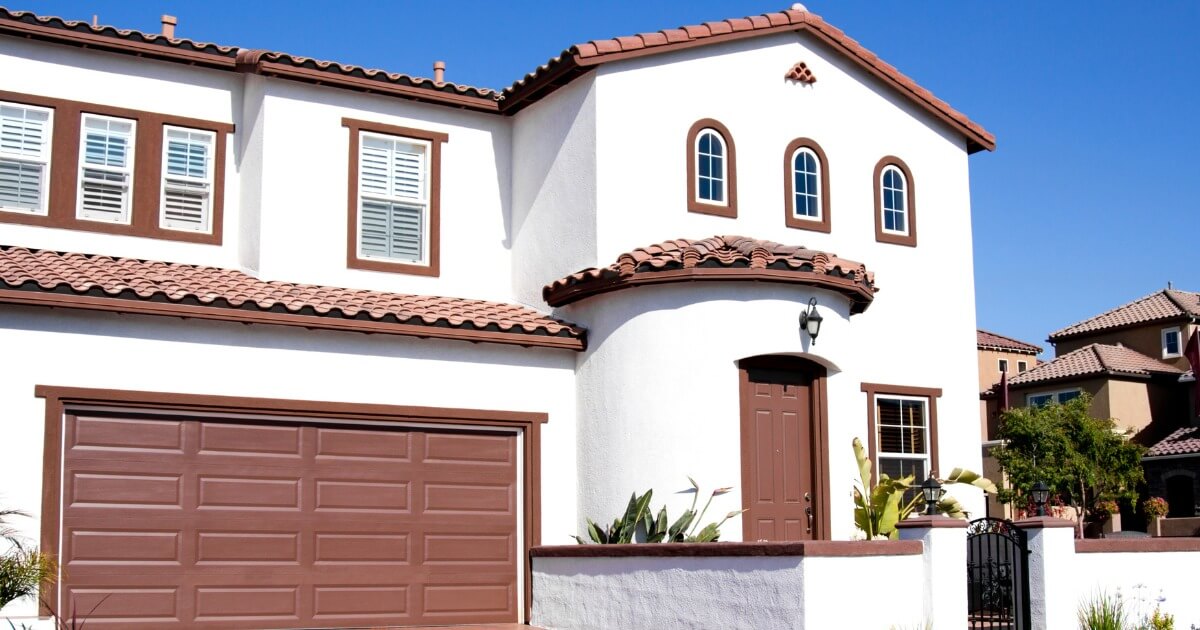Home Building Innovations: What to Expect in the Future

In an era where technology is dictating every aspect of our lives, it’s no surprise that it’s reshaping the very foundations of our living spaces. The home building industry is undergoing an evolution, driven by a blend of innovation, sustainability, and a fresh design ethos. This blog post explores how these transformations are not just changing the face of home building, but also redefining what it truly means to be ‘home’. From homes that blend seamlessly with their natural surroundings to the emergence of micro-homes and innovative use of building materials, explore how these trends are making homes more efficient, personal, and in harmony with the environment.
Revolutionary Technology
One of the key elements revolutionizing the industry is the use of green technology. A growing number of home builders are integrating eco-friendly materials and energy-efficient systems into their design plans. Solar panels, energy-efficient windows, and insulated concrete forms are becoming standard as builders strive to decrease our carbon footprint.
Artificial Intelligence (AI) is another revolutionary technology that home builders are leveraging. From AI-powered design tools for creating efficient floor plans to AI-operated equipment on the building site, this technology is driving accuracy and efficiency from planning to execution.
Innovations such as 3D-printed homes are also a significant trend. With a 3D printer, a home builder can produce complex designs with a high level of accuracy and at a fraction of the traditional construction time. This technology not only speeds up the building process but also drastically reduces waste, making it an excellent choice for eco-conscious home builders.
The trend toward smart homes is further driving innovation in the home-building industry. Home builders are increasingly incorporating technology into their designs, offering homeowners benefits like automated lighting, climate control, and security systems. These smart home features not only enhance the comfort and convenience of the home but also contribute to energy efficiency.
Augmented Reality (AR) and Virtual Reality (VR) tools are also being used by home builders. These technologies allow clients to visualize their future homes, making changes in the design phase rather than during construction, resulting in less waste and a more personalized end product.
Future Focused Trends
Off-site construction, or modular homes, is another approach gaining traction among home builders. This method involves constructing parts of the home in a factory setting and then bringing them to the site for assembly. By doing this, home builders can maintain a higher level of control over the construction process, reduce on-site waste, and shorten the overall construction timeline.
Similarly, the emergence of micro-home trends, led by minimalist lifestyles, is another eccentric innovation that home builders are increasingly exploring. The goal is to create small, efficiently designed spaces that provide all the necessities of a house. This trend is challenging the home builder’s creativity and pushing the boundaries of how we define ‘home’.
Furthermore, advancements in building materials, such as the use of self-healing concrete and transparent solar panels, are set to redefine the structural and aesthetic possibilities of future homes. These materials not only offer improved durability and energy efficiency but also open up a realm of design possibilities that were previously unimaginable.
Additionally, biophilic design – a concept that integrates natural elements into architectural design – is gaining popularity among home builders. It aims to create a direct connection between the indoors and the outdoors, promoting a greater sense of well-being. Biophilic homes often feature elements like large windows to flood interiors with natural light, vertical gardens, and materials that mimic the textures and colors of nature.
The trends in the home building industry are indeed numerous and varied. But in all this innovation and advancement, one thing remains clear: the future of home building is decidedly green, tech-savvy, and incredibly personalized. These trends go beyond just building houses — they are about creating homes that promote a better quality of life for their inhabitants while minimizing their impact on the environment.
Ultimately, these innovations are transforming the home-building industry for the better, creating homes that are more in tune with our changing world. The future of home building holds immense potential for both home builders and homeowners alike. As the industry continues to innovate, we can anticipate a future where homes are designed and built with an unprecedented level of precision, sustainability, and personalization.
In conclusion, the technology, sustainability measures, and innovative design approaches being adopted in the home building industry are not merely trends. These are proactive steps towards a future where every home is a testament to efficiency, comfort, mindful living, and environmental responsibility. Whether it’s adaptive reuse, self-healing materials, or smart homes, each advancement is a piece of a larger puzzle, pushing us towards a new era of home building that is as thoughtful as it is transformative.
Recent Posts

Understanding the Home

How to Avoid



